The photo of the two terrorists in the shootout with the IDF looked more like models than killers – well-groomed and affluent – and points to the limits of Israeli attempts to assure Palestinian economic well-being to reduce terrorism.
Ensuring the Palestinian Authority’s (PA) economy is doing well will make terrorism less likely.
Multiple studies have demonstrated that the proportion of a Palestinian community’s workforce employed in Israel, where they earn at least twice as much as they do at home, correlates negatively with terrorism participation.
There is, however, a clear limit to the decline in the propensity towards terrorism. The photo of the two terrorists, Ahmad Abid and Abd al-Rahman Abid, taken before the shootout on September 14 near the Jalameh crossing on the road to Afula, in which they and Israeli officer Bar Fallah were killed, clearly shows the limits to such a negative correlation.
It doesn’t take an expert on Palestinian affairs to realize that the photo shows two young stylish youth sporting brand-name clothes. One of them was a member of the military intelligence branch in the PA.
They had stylish haircuts and could have been mistaken for well-groomed young youth in New York, Los Angeles, Sao Paulo, Paris, or Tel Aviv.
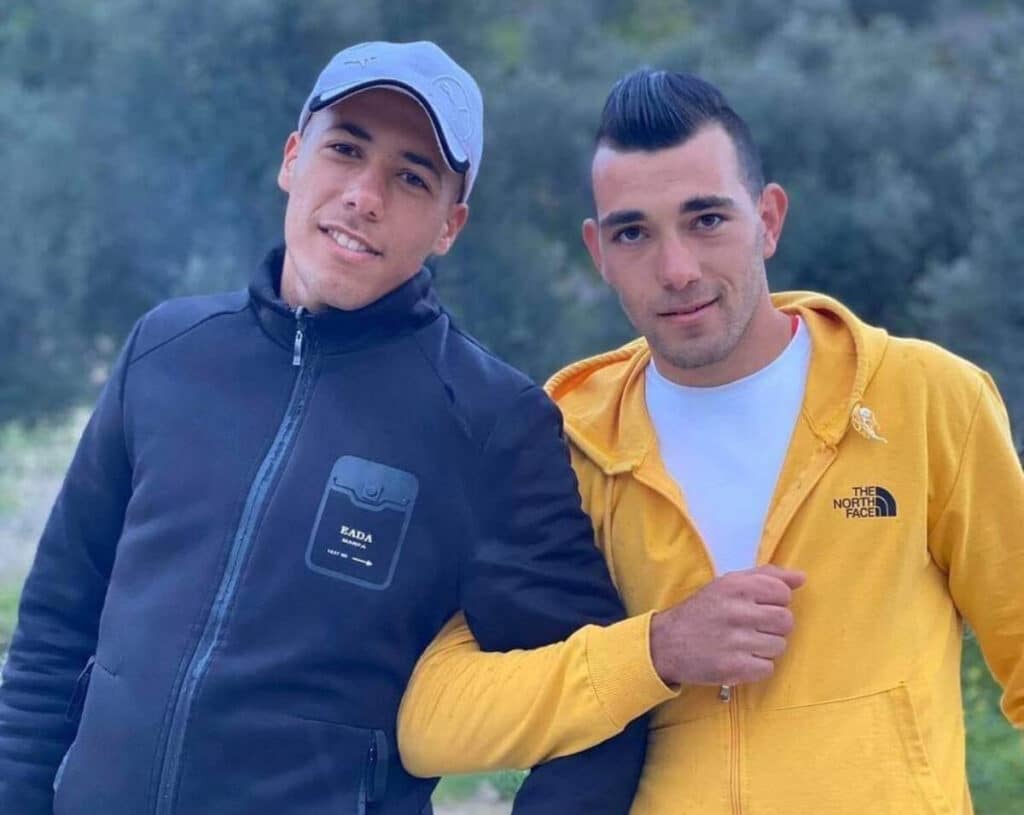
They were, of course, from neither but born and raised in Kafr Dan, a large village near Jenin, a few kilometers from where the firefight between them and the Israeli army took place.
First spotted just before midnight near the security fence, nearly three hours before the firefight, they were heading for a terrorist attack against Israelis within the green line.
In the photograph, will you find any evidence of Israeli persecution in their demeanor, appearance, dress, or well-being? On the contrary, based on the image, these young men appear emotionally composed and in good condition. In the same way, you cannot tell someone is an Islamist or even a Palestinian nationalist by how they act or dress.
That terrorist can emerge from the ranks of the well-off is best exemplified by one of the most celebrated Palestinian terrorists, Yahya Ayyash, nicknamed “the engineer,” the leader of Hamas in the early 1990s and responsible for the death of 60 Israelis. Ayyash was the son of a wealthy farmer and landowner who financed his engineering degree at Birzeit University, the source of his expertise in explosives.
More recently, wealthy Palestinian-American Muntasir Shalabi from Turmus-Ayya, a village known for its wealth, was convicted for killing an Israeli in 2021. His imposing mansion was subsequently demolished. It was even bigger than the 2,900 square feet house in which Ahmad Abid grew up, which will be destroyed soon.
One could quickly conclude from the look of the two terrorists that peace should be readily achievable.
Nevertheless, this is easier said than done. There is more to life than external looks. As early as the first intifada, thirty-five years ago, one saw widely disseminated pictures of Palestinians in jeans, tee shirts, and sweatshirts, many bearing the names of well-known American universities and brand-name sneakers. It was the same intifada in which fundamentalist Hamas became a significant contender in Palestinian politics and eventually its most crucial actor.
The photos also echo similar scenes of stylish middle-class Iranian youth demonstrating against the Shah one decade previously, only to usher in an extremist Islamic regime.
The critical problem is that even the moderate Palestinians want a two-state solution: one Muslim, Arab and Palestinian, and the other, Israel, a bi-national state, contrary to the 181 UN resolution, which they presumably endorse, that spoke of a Jewish state alongside an Arab state.
Such a reality would leave the Jews in a precarious, untenable position. Even if the candidates appear attractive, the battle to establish Jewish sovereignty and the acceptance of Jews and their national rights must go on.
JISS Policy Papers are published through the generosity of the Greg Rosshandler Family.
Photo: IMAGO / ZUMA Wire


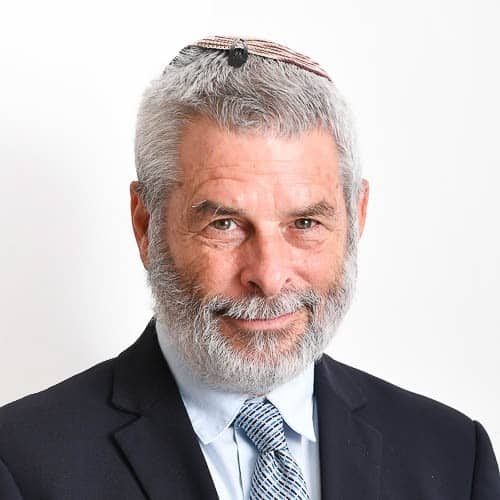
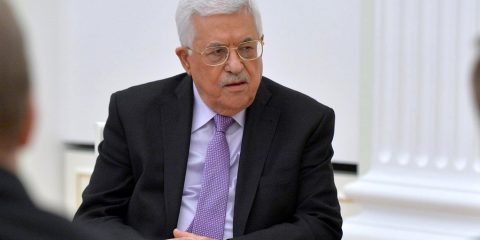
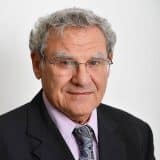

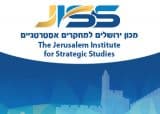

 - בניית אתרים
- בניית אתרים